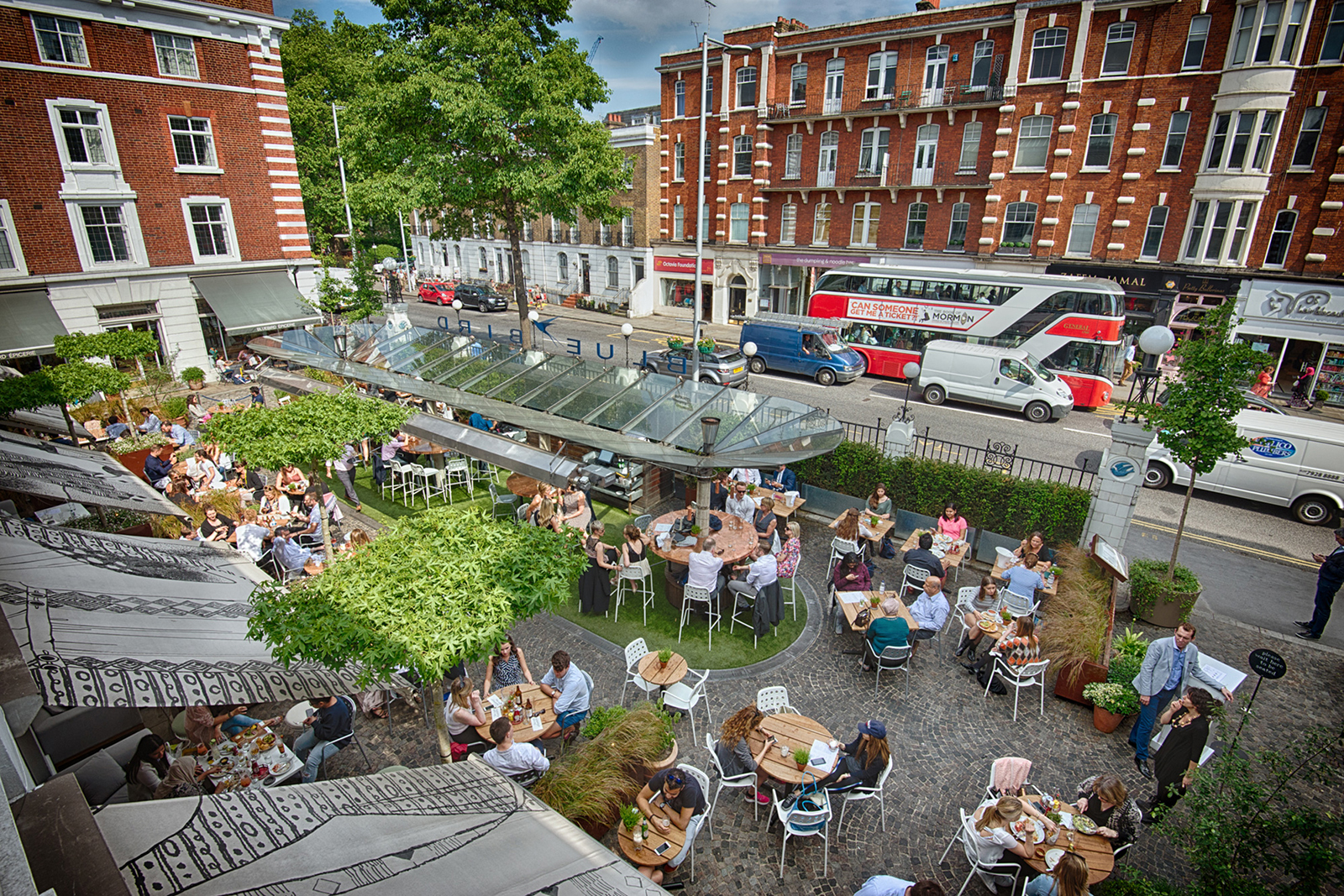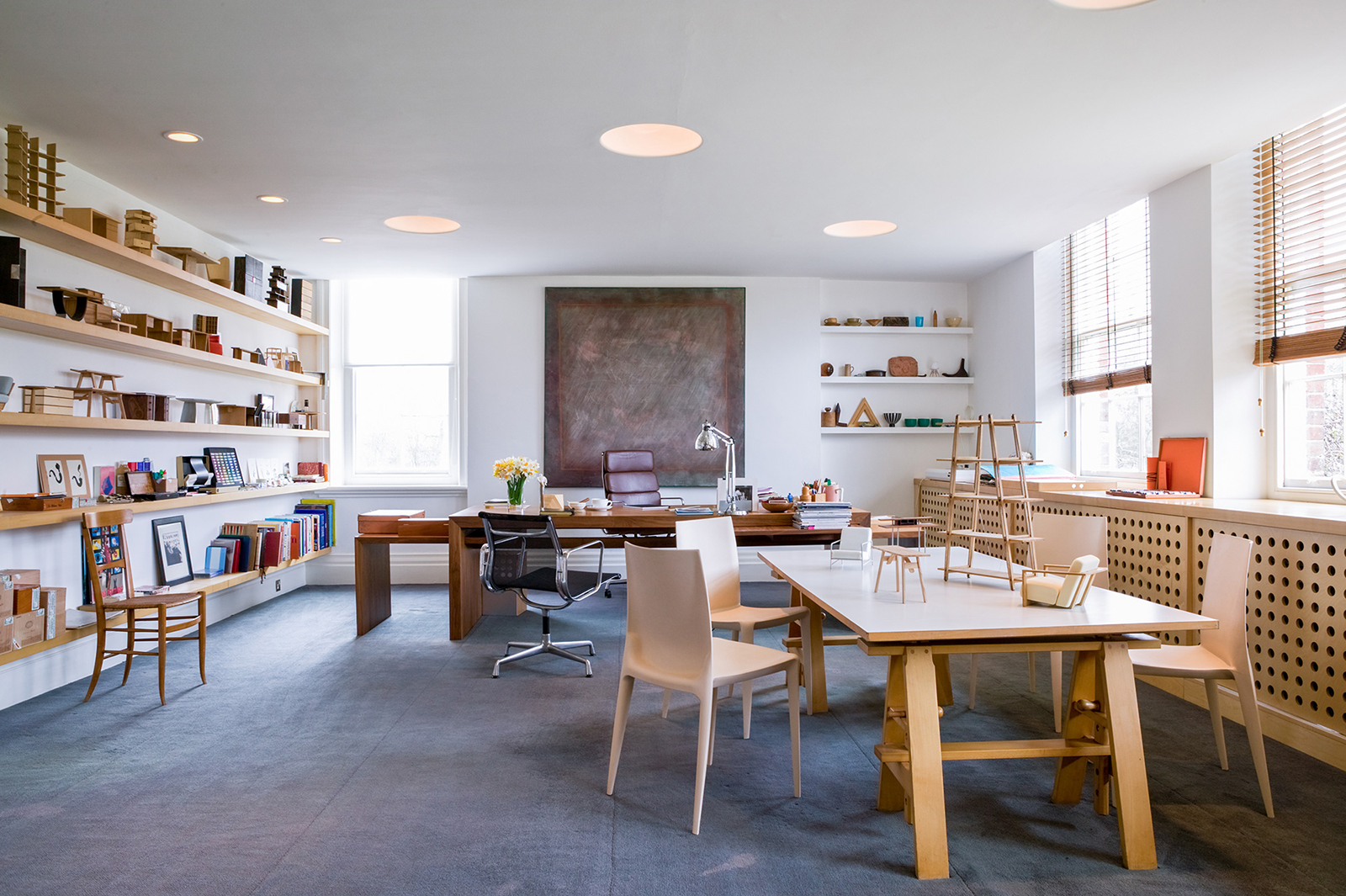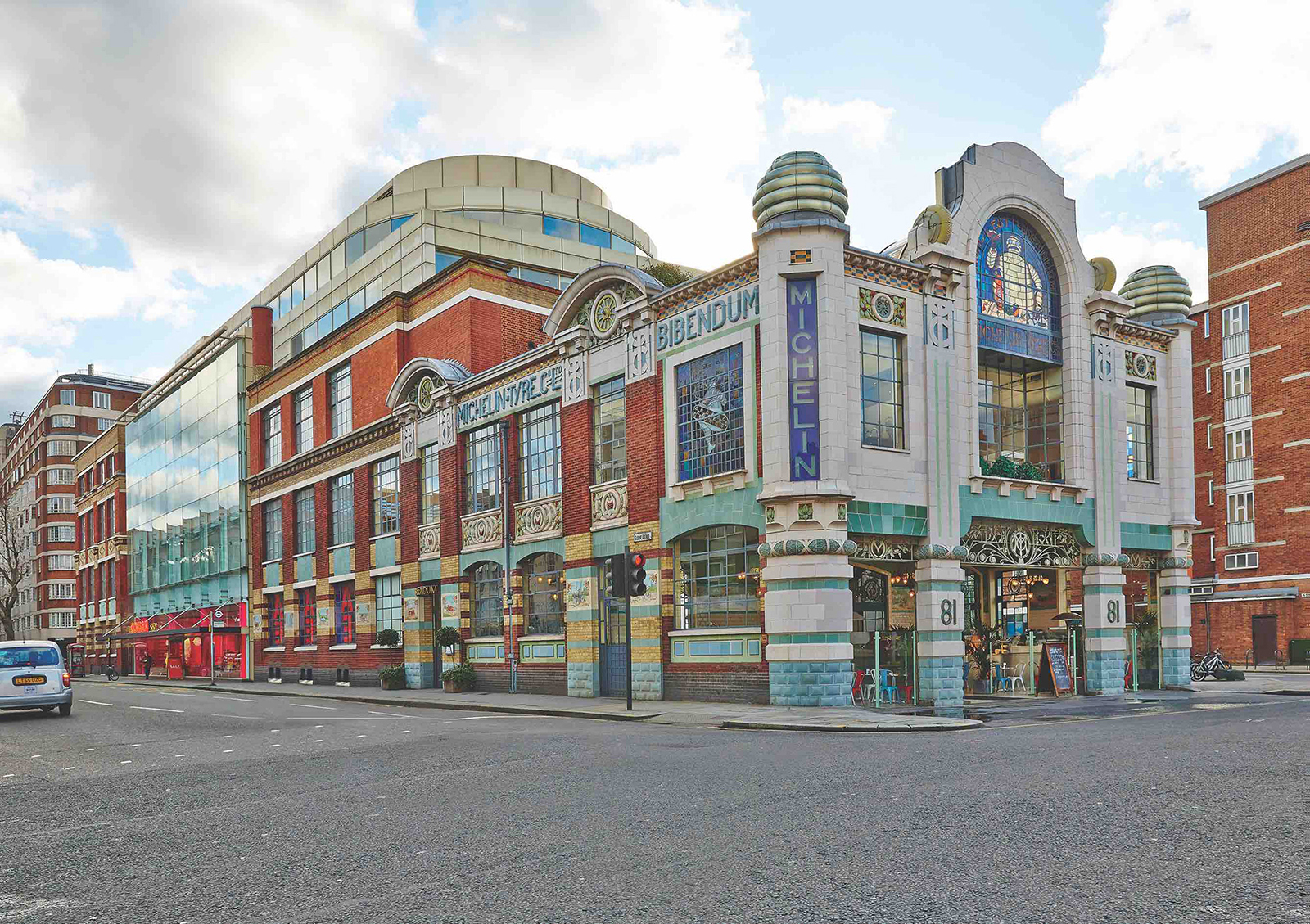TERENCE CONRAN: MAKING MODERN BRITAIN
HAPPENINGText: Alma Reyes
The Swinging Sixties was a vibrant era in the UK that energized music, art and fashion, with icons such as Beatles, Twiggy and Mary Quant. As a businessman, Conran opened his first retail store Habitat in 1964, which carried a colorful line of home furnishings and accessories, and took the gloom out of the British post-war depression. A novel outlook of modern home living filtered across the country and abroad.
Later, in 1973, he expanded his business to the Conran Shop, which gave birth to the select shop, and changed the design market remarkably around the world. The shop’s dynamic concept ignited a fresh meaning to aesthetics for utilities. The store, with current locations in London, Seoul, Kuwait and across Japan, has been identified with streamlined design, and propelled a social trend in stylish contemporary lifestyle — from lighting, furniture, kitchen and bedroom accessories, to overall interior look. Conran’s designs echoed his trademarks of simplicity, beauty, functionality and surprise. The exhibition appears to usher visitors into an actual Conran Shop. He stated, “The way that design can enhance our lives has always been of the highest importance to me”.

Bluebird restaurant opened by Conran in 1997 © Alex Pareas, Courtesy of Conran and Partners
It was his first trip to France in 1953 when Conran’s eyes were opened to “joie de vivre,” a heavenly experience of delicious food and wine, open terrace restaurants, and the abundance of paraphernalia at market stalls and sidewalk shops, readily available to the public. The inspiration urged him to plunge into the restaurant business and to transport the Continental culinary passion to the UK. The exhibition covers some of the restaurants Conran established: Soup Kitchen (1953) with its black-and-white floors and tiled tables; modern French restaurant Orrery (1954); Neal Street Restaurant (1970); Bluebird (1997); and others. Elegant ashtrays, vases, coasters, cutlery and other tableware pieces from each restaurant are presented in the exhibition. In 2006, with co-founder David Loewi, Conran’s business brand of over thirty diverse restaurants, bars and hotels was renamed as D&D London. He remarked, “Furniture and food are ways that people define their attitude toward life…”

Office in Barton Court, 2004 © David Garcia
Conran’s flourishing success afforded him an enormous country estate in west of London in Kintbury, Berkshire where he lived and worked from the 1970s. Sprawling over 580,000 square meters, the late 18th-century red-bricked mansion Barton Court served as the designer’s personal museum of his own creations, filled with his signature items in fusions of modern, rustic, bold, refined, both natural and man-made. Intricate details apply to the kitchen and vast garden as well. It was in this office-residence that he developed designs for his Benchmark furniture company, originated in 1984.

Michelin House (Bibendum and The Conran Shop), Conran and Partners, reopened in 1987
Expanding beyond restaurants, Conran’s business legacy embarked on town planning, architecture, and acquisition of historical buildings. He set up an architectural design firm in 1980 with architect Fred Roche. One of his most crucial redevelopments was the Michelin House in Chelsea (1987), originally built in 1911. The reformed steel and glass structure has been converted into a combination of office space, retail and restaurant. Conran retained the Art Deco touches around the stained glass windows, ceramics and ironwork. The iconic Bibendum, also known as “Bib” or “The Michelin Man”, dating back to the 1890s, makes its front stage at the facade. Other outstanding regenerated projects include Butler Wharf from 1873, an old Victorian warehouse, which made use of reclaimed or existing materials, also remodeled into a restaurant, bar, shops, galleries, flats and offices.
Read more ...





